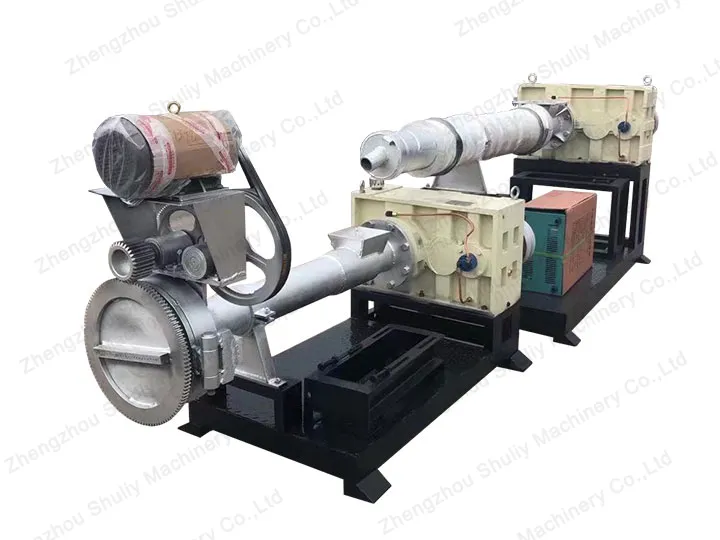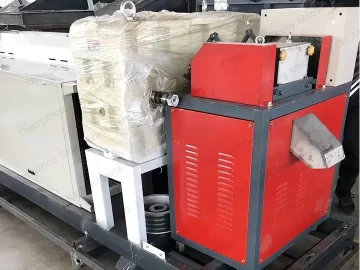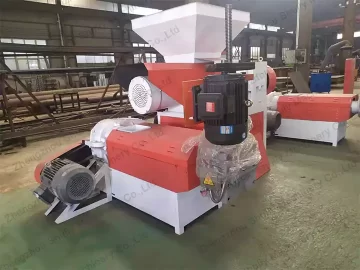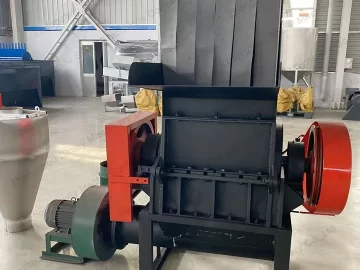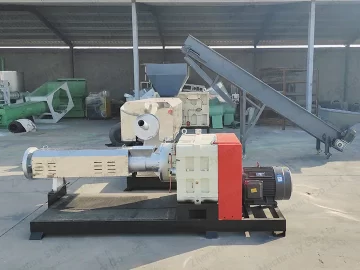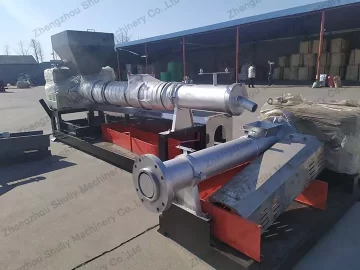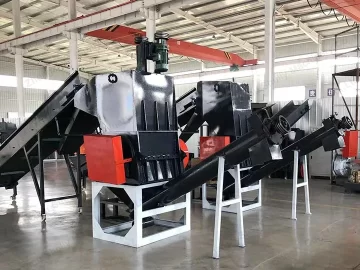Die Herstellung von hochwertigen Pellets mit einem Kunststoffgranulator ist entscheidend für die Herstellung einer Vielzahl von Kunststoffprodukten. Häufige Produktionsprobleme können jedoch zu minderwertigen Pellets, Produktionsverzögerungen und sogar zu Geräteschäden führen.
In diesem Artikel werden wir die Ursachen und Lösungen für drei häufige Probleme besprechen, die während der Produktion von Kunststoffgranulatoren auftreten können.
Schwarze Flecken auf Pellets
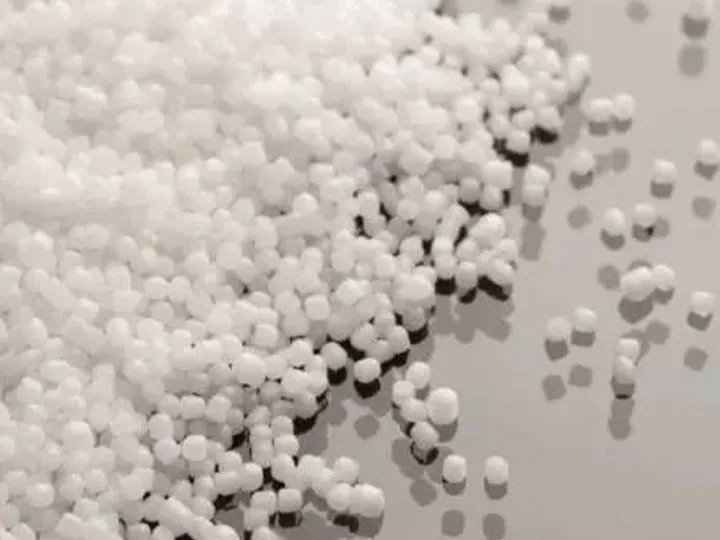
Schwarze Flecken auf recycelten Kunststoffpellets können durch verschiedene Faktoren verursacht werden, einschließlich Materialdegradation, Überhitzung und Materialkarbonisierung.
Die folgenden sind praktische Lösungen, die Ihnen helfen, das Problem der schwarzen Flecken auf Pellets zu lösen:
- Verwenden Sie hochwertige Materialien: Hochwertige Materialien können helfen, schwarze Flecken auf recycelten Kunststoffgranulaten zu verhindern.
- Temperatur des Zylinders senken: Überhitzung kann zu Materialabbau und zur Bildung von schwarzen Flecken führen.
- Schraubendrehzahl erhöhen: Eine Erhöhung der Schraubendrehzahl kann helfen, das Mischen zu verbessern und die Materialkarbonisierung zu verhindern.
- Achten Sie auf die Produktionsumgebung und den Betriebsprozess, um zu vermeiden, dass Fremdstoffe in die Rohstoffe und Fertigprodukte gelangen.
Problem mit gebrochenen Streifen
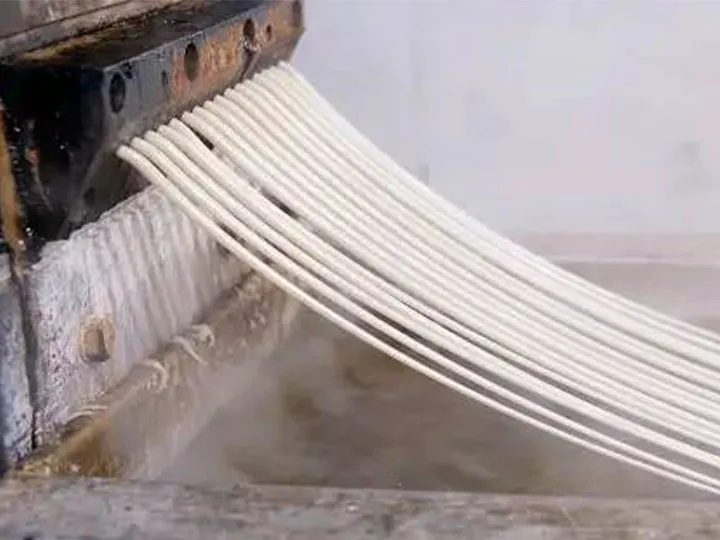
Der Streifenbruch in einem Kunststoffgranulator ist ein häufiges Problem, das die Qualität der Pellets beeinträchtigt. Es gibt verschiedene Gründe für den Streifenbruch, wie hohe Durchsatzraten, hohe Schraubengeschwindigkeiten und abgenutzte oder beschädigte Schrauben.
Die folgenden sind praktische Lösungen, die Ihnen helfen, das Problem der gebrochenen Streifen zu überwinden:
- Reduzieren Sie die Vorschubgeschwindigkeit: Eine der Hauptursachen für das Brechen von Streifen ist eine übermäßige Vorschubgeschwindigkeit. Reduzieren Sie die Vorschubgeschwindigkeit auf ein Niveau, das der Extruder effektiv bewältigen kann.
- Eine zu große oder eine große Anzahl von Siebmaschen kann den Materialtransport behindern und zu abgebrochenen Streifen führen. Dies sollte durch eine angemessene Reduzierung der Hostgeschwindigkeit oder eine Erhöhung der Zuführgeschwindigkeit erfolgen.
- Regelmäßig überprüfen und abgenutzte oder beschädigte Schrauben nach Bedarf ersetzen: Abgenutzte oder beschädigte Schrauben können zu inkonsistentem Mischen führen, was zu gebrochenen Streifen führen kann.
- Temperatur des Zylinders erhöhen: Eine Erhöhung der Zylindertemperatur hilft, das Material zu erweichen und das Risiko von Streifenbrüchen zu verringern.
- Die Extrusionstemperatur ist zu niedrig oder die Schraubenscherrate ist zu schwach, und das Material sowie niederschmelzende Additive sind nicht ausreichend plastifiziert, was auch zu Rissbildung bei schlecht plastifiziertem Material während der Extrusion und Pelletierung führen kann.
Inkonstante Partikelgröße
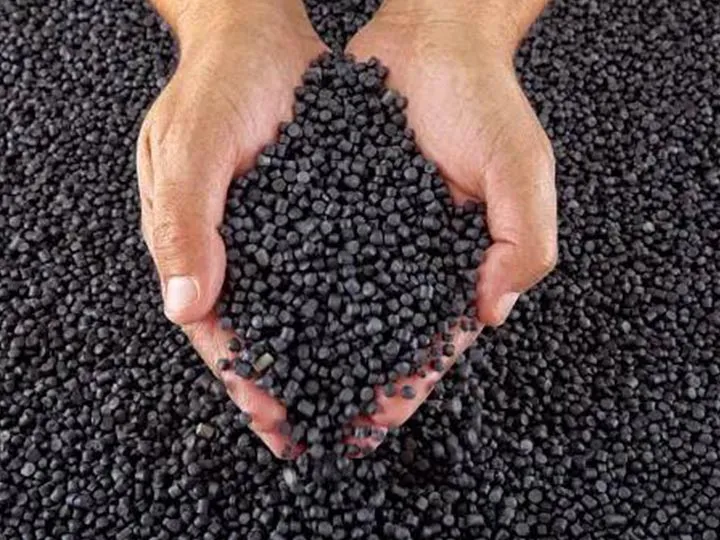
Inkonstanz in der Pelletgröße ist ein weiteres häufiges Problem, das während der Produktion von Kunststoffgranulatoren auftritt.
Dieses Problem kann durch mehrere Faktoren verursacht werden, wie z.B. verstopfte Matrizen, abgenutzte Schrauben oder beschädigte Schneidklingen. Die folgenden praktischen Lösungen können Ihnen helfen, dieses Problem zu überwinden:
- Überprüfen Sie auf verstopfte Düsen: Verstopfte Düsen können zu inkonsistenten Partikelgrößen führen. Wenn sie verstopft sind, reinigen Sie sie mit einem geeigneten Reinigungswerkzeug.
- Überprüfen Sie die Schrauben: Abgenutzte Schrauben können zu inkonsistenten Pelletsgrößen führen. Überprüfen Sie die Schrauben, um sicherzustellen, dass sie nicht abgenutzt oder beschädigt sind. Wenn sie abgenutzt sind, ziehen Sie in Betracht, sie zu ersetzen.
- Überprüfen Sie die Schneidklingen: Beschädigte Schneidklingen können zu inkonsistenten Partikelgrößen führen. Überprüfen Sie die Schneidklinge, um sicherzustellen, dass sie nicht beschädigt ist. Wenn sie beschädigt sind, ziehen Sie in Betracht, sie zu ersetzen.
- Die Schraubengeschwindigkeit anpassen: Die Schraubengeschwindigkeit des Pelletierers beeinflusst die Länge der Entladung, und die Anpassung der Schraubengeschwindigkeit kann helfen, Inkonsistenzen in der Pelletsgröße zu beheben. Sie können die Schraubengeschwindigkeit erhöhen oder verringern, um eine konsistente Pelletsgröße zu erhalten.
- Überprüfen Sie die Vorschubgeschwindigkeit: Eine falsche Vorschubgeschwindigkeit kann zu inkonsistenten Pelletsgrößen führen. Überprüfen Sie die Vorschubgeschwindigkeit, um sicherzustellen, dass sie nicht zu hoch oder zu niedrig ist. Passen Sie die Vorschubgeschwindigkeit nach Bedarf an, um konsistente Pelletsgrößen zu erhalten.
Zusammenfassend lässt sich sagen, dass die Herstellung von Kunststoffgranulatoren ein komplexer Prozess ist, der je nach spezifischer Situation gelöst werden muss. Im Produktionsprozess sollten Sie den Zustand der Geräte überprüfen und die Betriebsparameter rechtzeitig anpassen, um die Produktionseffizienz und die Pelletqualität sicherzustellen.
